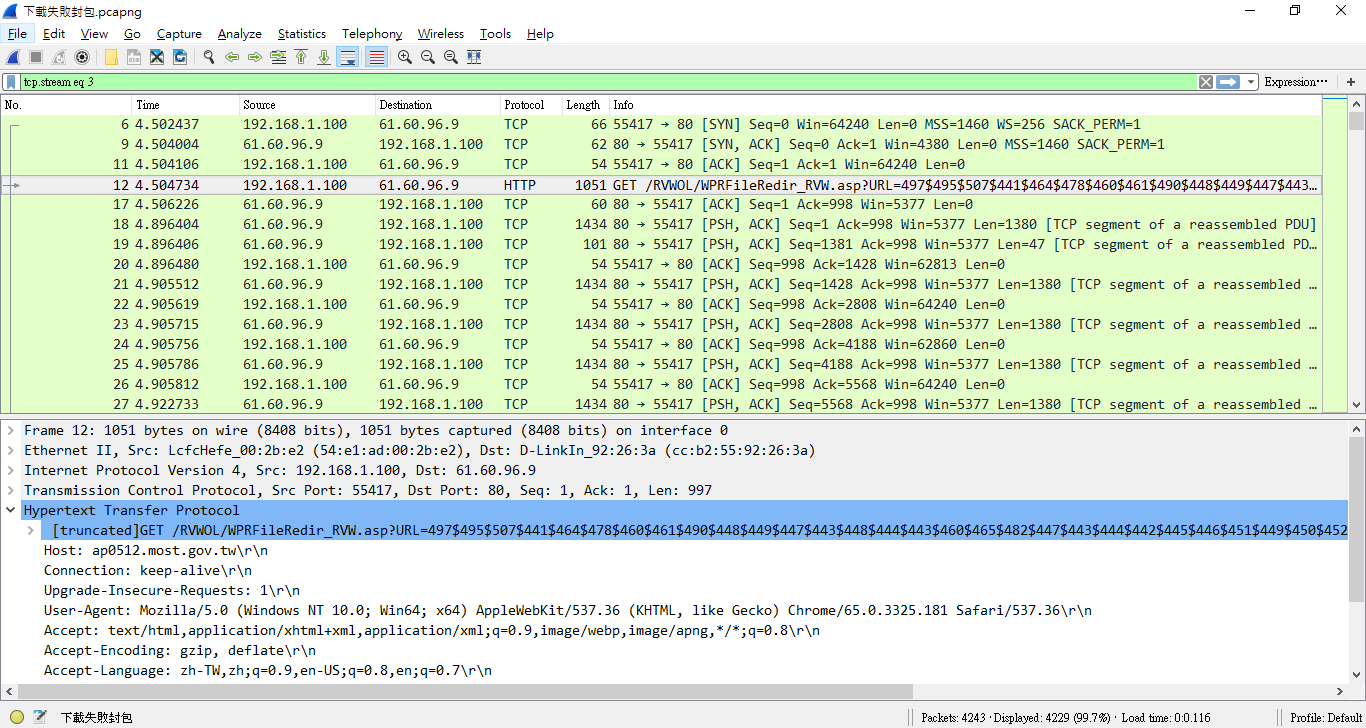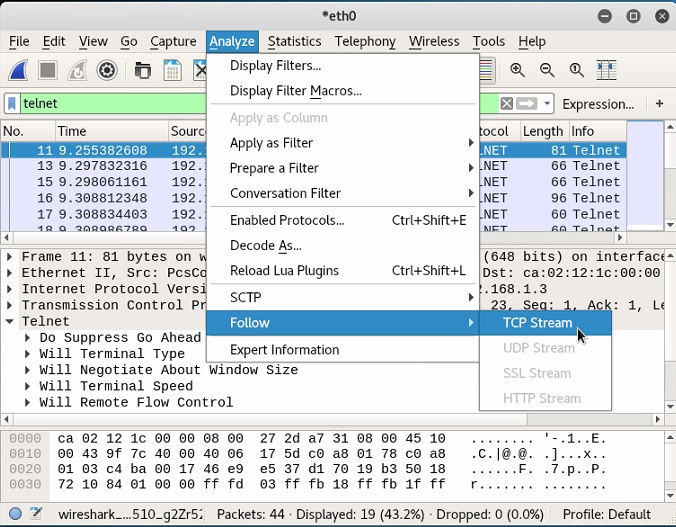
You will also need root access, otherwise the tcpdump won’t be able to capture traffic and you’ll see an error stating You don’t have permission to capture on that device. In order to capture traffic with the tcpdump command, you’ll need to connect to the remote computer through SSH. Capturing packets with tcpdump remotely through SSH This is useful when you don’t have physical access to the remote machine or are running it ‘headless,’ i.e. Then the captured traffic can be copied to the local computer for analysis with Wireshark. The goal is to use tcpdump commands on the remote computer, through SSH, to capture network traffic.

While Wireshark does a great job of capturing every network packet that flows past it, in some cases you’ll need to analyze a session from a remote server. Sometimes the easiest solution is to use tcpdump to capture traffic on the remote server, and then run Wireshark to take a look at it.
#F5 TCPDUMP WIRESHARK PROFESSIONAL#
Unless you have professional networking equipment, it’s hard to analyze traffic that doesn’t involve your computer.

Receive notifications of new posts by email.Wireshark is a powerful tool, but it has its limitations. ChallengeĬan you manage to extract the printed pages out of this trace? D
#F5 TCPDUMP WIRESHARK MAC#
) Filter for the iPhone’s MAC address in the trace to find all appropriate packets: “eth.addr = d4:a3:3d:97:60:6d”: Printing via AirPrint: Overview.įiltering for “ipp” shows only some HTTP-like lines, while there are much more packets involved in the “tcp.port eq 631” flows: Printing via AirPrint: IPP. Hard to troubleshoot, but working without any configuration. My printing of a single page took about 10 TCP/UDP streams and roughly 1200 packets.

In my case, the iPhone found the printer via some MDNS discoveries that are shown in the trace as well. AirPrintĪpple’s AirPrint uses the Internet Printing Protocol IPP on TCP port 631 (I have never heard of it). It seems like the mere print data is encoded in the same way as the Raw variant: Printing via LPD/LPR TCP port 515. Wireshark’s display filter is “lpd” while you can find the whole stream with “tcp.port eq 515” or the like. The Line Printer Daemon protocol/Line Printer Remote protocol (or LPD, LPR) uses TCP port 515. You’ll find it via “tcp.port eq 9100”: Printing via Raw TCP 9100.

Wireshark has no protocol dissector for this raw printing (little discussion here). It is also called HP Jetdirect, or the like.


 0 kommentar(er)
0 kommentar(er)
